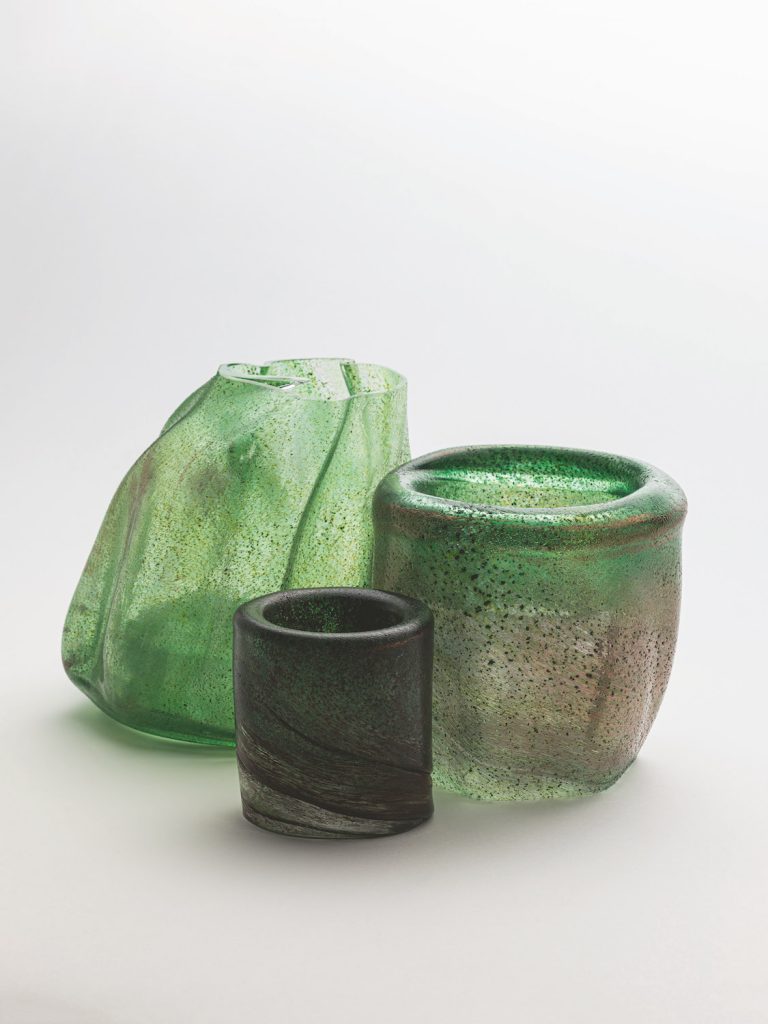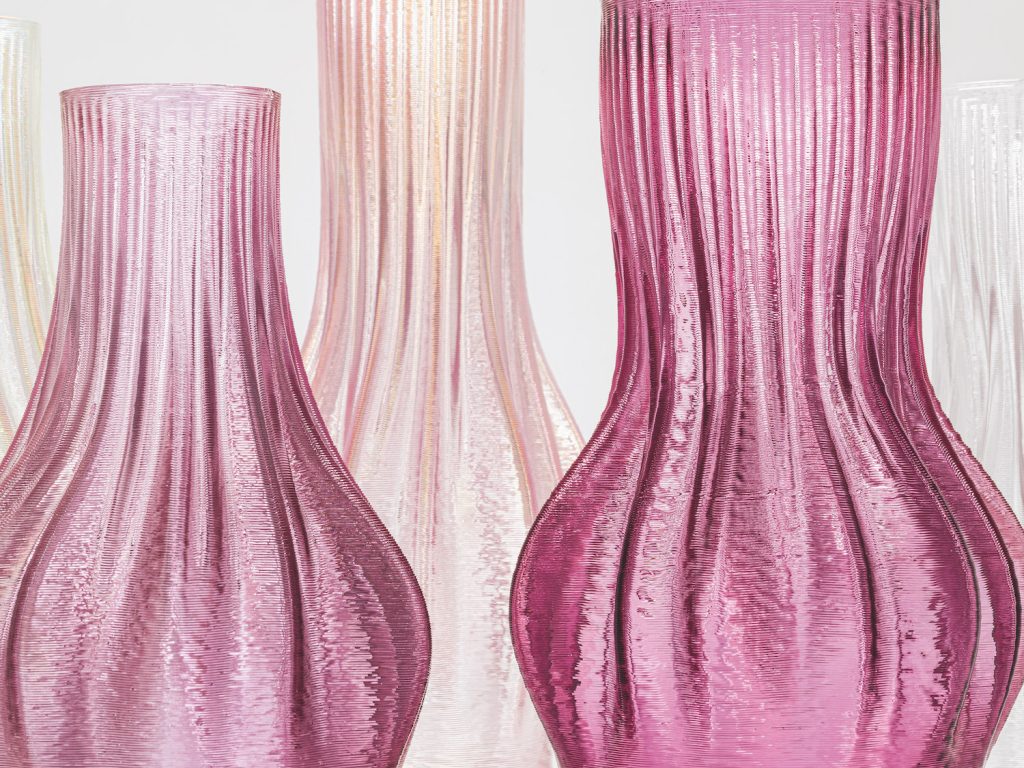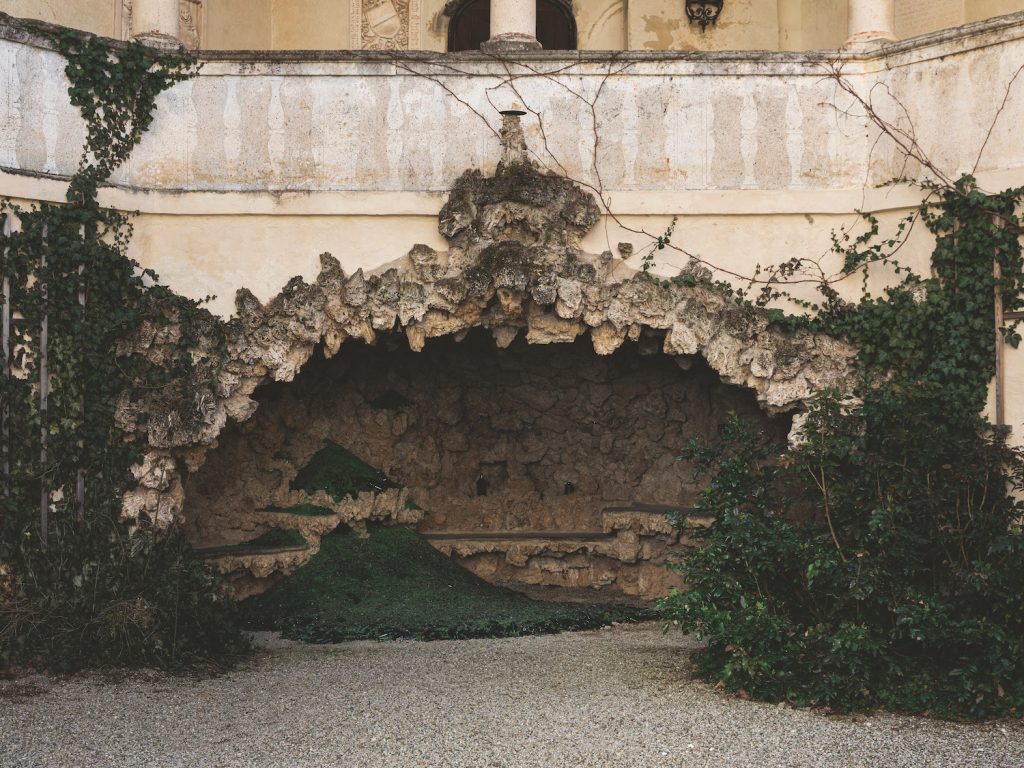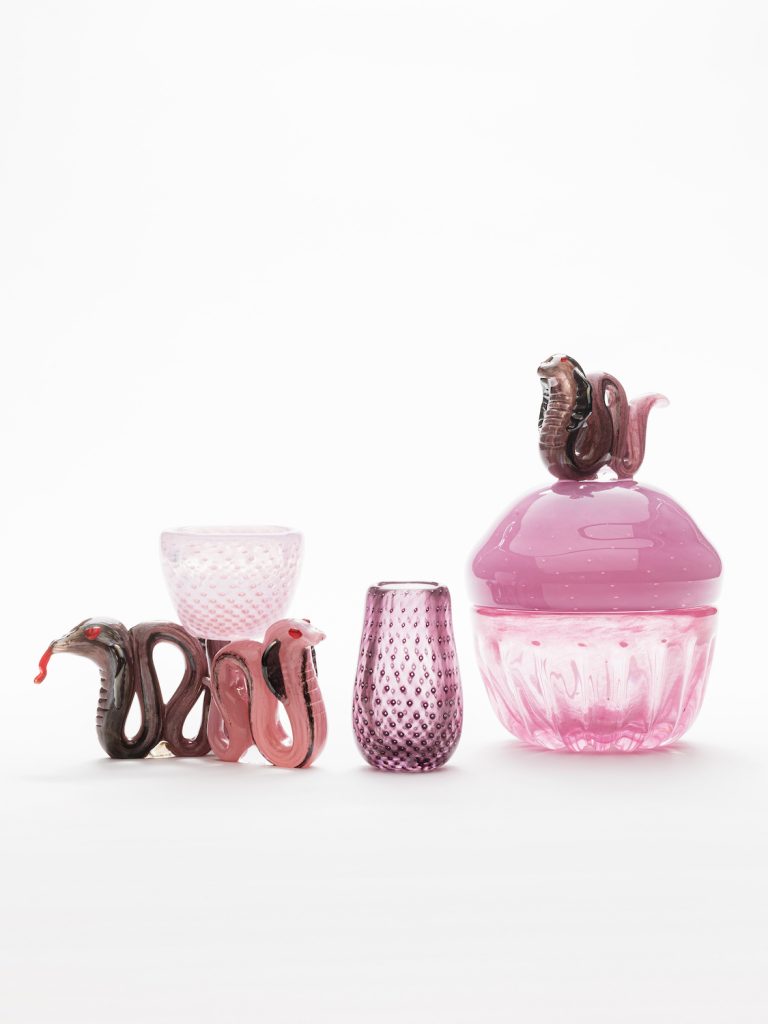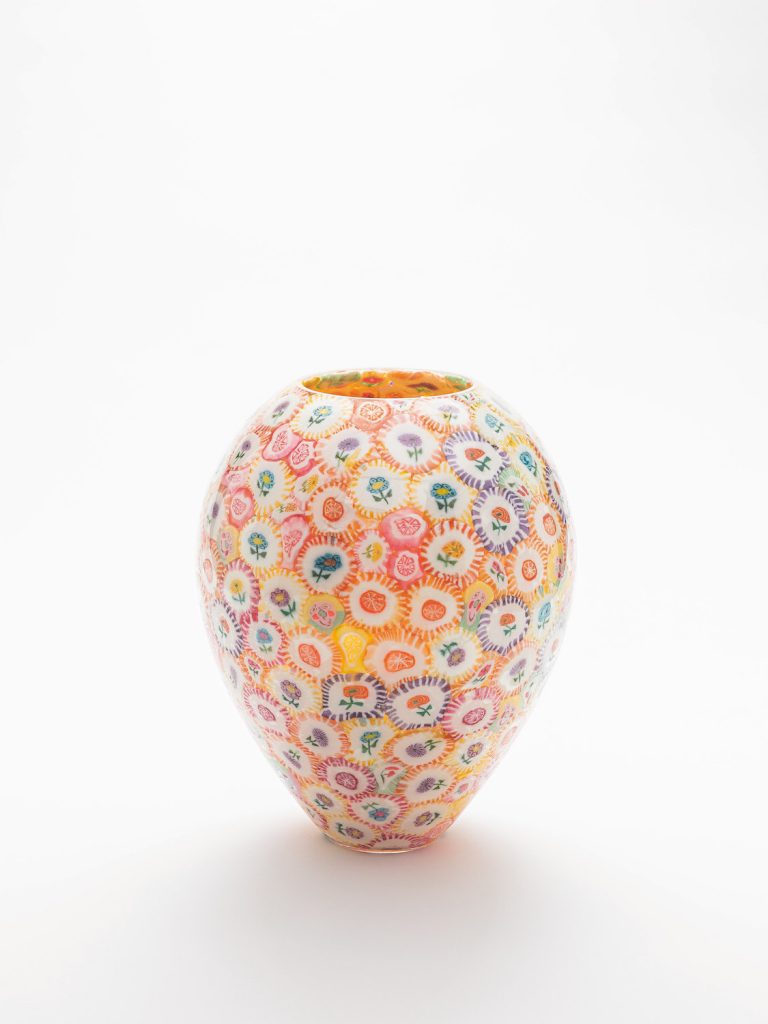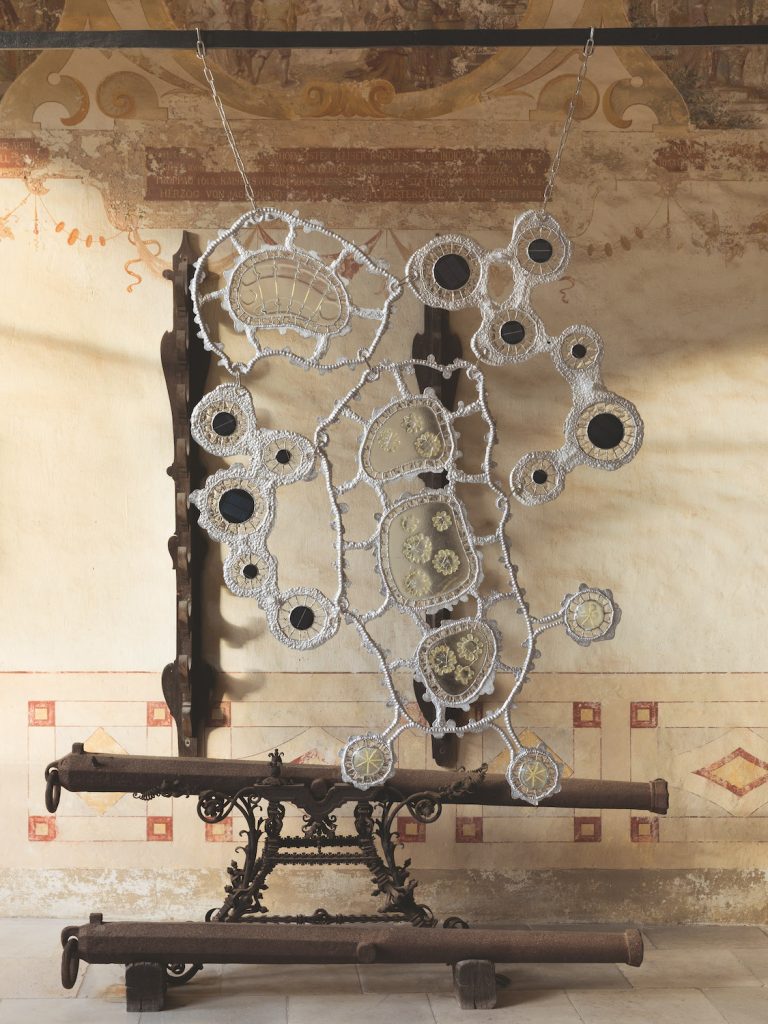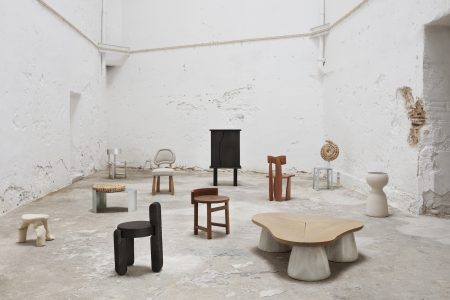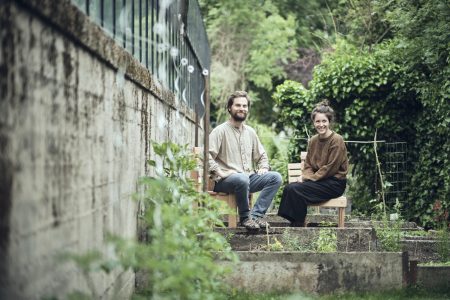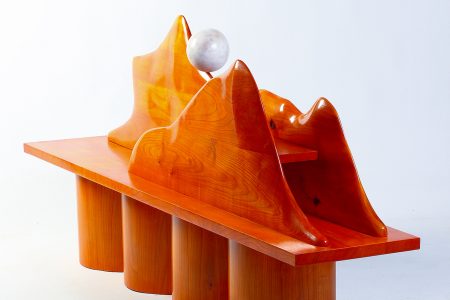Alice Stori Liechtenstein: Place-Based Cultivation
For TLmag39: The Culture of the Object, Adrian Madlener wrote about Alice Stori Liechtenstein’s curatorial vision for Schloss Hollenegg, the 12th century castle that she shares with her family in the Southern Austrian countryside, and which features an annual design exhibition and residency program. In 2023, she presented an exhibition on glass titled, “Ashes + Sand”. On May 4th, 2024, they will open “Wood Land”, an exhibition that will focus on the forest and its primary resource, wood.
For seasoned curator Alice Stori Liechtenstein, objects are tangible manifestations of in-depth research, physical results that can instigate a change in common perception by the very nature of their accessibility and decipherability. These distilled repositories of ideas harness as recognizable objects that draw viewers in. Yet they stem from a level of radical experimentation and explicit deviation that can elicit different ways of thinking.
Programming the home she shares with her family – a 12th century castle in the rolling hills of Southern Austria – as an incubator for emerging talents freely addressing relevant topics, the culturemaker looks to push design forward. By virtue of the everyday typologies and techniques it comprises, the discipline is a tool that allows us to question contemporary behaviours and challenge those that engage with these items to reconsider their personal and cultural modes of consumption and judgment. In this overarching endeavour, particular emphasis is placed on the revitalization, reinterpretation, and future proofing of age-old artisanal practices.
Visiting talents to Schloss Hollenegg are given carte blanche to respond to conceptual themes but somehow always route their explorations in the immediacy of the stately, historically-layered property and its bucolic surroundings. “Context is critical,” Stori Liechtenstein explains. “You can’t just displace something with- out considering how its very composition might alter when introduced to different conditions. Everything we do connects back to the castle’s history and current position.” With portions of the citadel first erected in the 12th-century, the sizable yet contained installation has undergone many renovations and additions reflecting varying styles popular at different times in the early-modern and modern periods. A Renaissance-era courtyard interplays with an original Medieval construction; Rococo stucco ceilings; French and Chinese wall hangings; 16th and 17th century stoves; and Gothic Revival guest rooms. If that weren’t enough, the home is flush with material culture items from these different movements.
Over the past eight years, Schloss Hollenegg’s inherently-accumulated eclecticism has served as the inspiration and canvas for more than three dozen interventions. These designed objects and installations have been presented in the context of annual thematic exhibitions debuting each May. Some of the works on view stem from multi-week residences in which fledging practices or individual practitioners – with a tendency toward experimentation and conceptual ideation – spend ample time immersed in the castle and its surroundings. While earlier programming focused more specifically on rituals such as dining and shared experience—Ad Mensam (2019)— recent, post pandemic prompts have been more culturally pointed. The East To West showcase (2022) touched on the poignant complexities of colonization and the fetishization of other cultures but took a more measured than reactionary stance on the value of exposure and cross pollination.
Over the years, visiting designers have crafted ceramics out of raw components sourced directly from the grounds, engineered circular benches that can literally level the playing field to accommodate different types of social interactions—Commonplace’s Common Sitting—and set up impromptu glassblowing workshops. Some projects are more conceptual and discursive—both in terms of embodied holistic processes and finished products – while others look to incorporate or reinterpret imagery pulled from Schloss Hollenegg’s wealth of decorative arts history. As part of Ad Mensam in 2019, British designer Katie Scott’s The Poisons and Antidotes project implemented the age tradition of etched glass depiction to reminisce on how 12th-century nobility fought-off the risk of contamination as sabotage by consuming other harmful substances like alcohol.
Some have even changed the composition of the castle, adding to the idea put forward by early Nineteenth-century preservationist Viollet-le-Duc that the conservation of history can sometimes manifest in new innovative solutions that mirror original intentions. Though much of the property’s historical features have been painstaking restoration, a few anachronisms here or there work to more clearly highlight these underlying ambitions. With the more recent Ashes and Sand and Walden exhibitions—focusing on the complex history and contemporary application of noble materials glass and wood respectively – Stori Liechtenstein has sought out to highlight the challenges of climate change, next level sustainability, radical reuse, and the ever-growing tension between technology and physical craft.
Developed in partnership with New York-based wallpaper brand Calico, noted interior design duo Charlap Hyman & Herrero developed the Overgrow wallpaper for the Walden exhibition 2020. A site-specific wallcovering tableau – playing off of existing furnishings and frame art – was permanently installed in one of the guest bedrooms. This intervention emphatically responded to Stori Liechtenstein’s brief that forests shouldn’t be romanticized at an arm’s length distance but brought back into our interiors are immediate reminders of their potency. A number of other works remain peppered throughout the castle and are even in daily use by the curator and her family – a testament to their role as designs, not artworks.
“My mission has always been for designers to look at the castle as a kind of basis in which to closely investigate specific traditions or skill sets, and then try to bring them back to the outside world as a reflection of where design, consumption, and ecology are headed,” Stori Liechtenstein says. Many of the themes are chosen directly by her as a way of making that critical connection. Across the board, she provides talents with the literal and metaphoric room for talents to explore topics freely. Away from the constraint of functional and commercial viability, they’re able to imagine paradigm-shifting ideas that can change the narratives they’re addressing, if perhaps behaviours as well. There are very few wrong answers, other than those that deviate too far away from the notion of being grounded in the locale and being functional to a certain degree.
“The creative environment is too often penalized when it should be fostered as space for open critique that is so vital to what we accomplish as people,” she adds. A good portion of the projects developed at Schloss Hollenegg somehow find their way into the mainstream, either as litmus tests for the preoccupations of the practices involved or as direct products.
2023 happened to be the year of glass for Stori Liechtenstein. A total of three showcases she curated on the topic were open within a matter of weeks. Perhaps most notable was the curator’s first foray into the museum space: Glitz and Glamour, 200 Years of Lobmeyr. The 2023 exhibition commemorated the heritage brand’s 200th anniversary with a similar macro-micro, local-global approach she’s put into effect for close to a decade at Schloss Hollenegg. The exhibition is as much a chronological retrospective as it is a confrontation between past and present; the assessment of relevance captured in the process and result of meticulously formed glass stemware, adornments, and lighting. How have the techniques employed by this luxury producer withstood the test of time?
“Objects are portraits of our society,” Stori Liechtenstein concludes “Sometimes they’re entirely out of fashion and use but serve as reminders of a brief moment in the past and people’s goals at that time. The more objects lose value in consumerist culture, the more it is important to give them a kind of symbolic value. They become excuses to tell stories. Objects are as much a physical manifestation of our contemporary ways as they are our history and what that means to us today”.
www.schlosshollenegg.at



